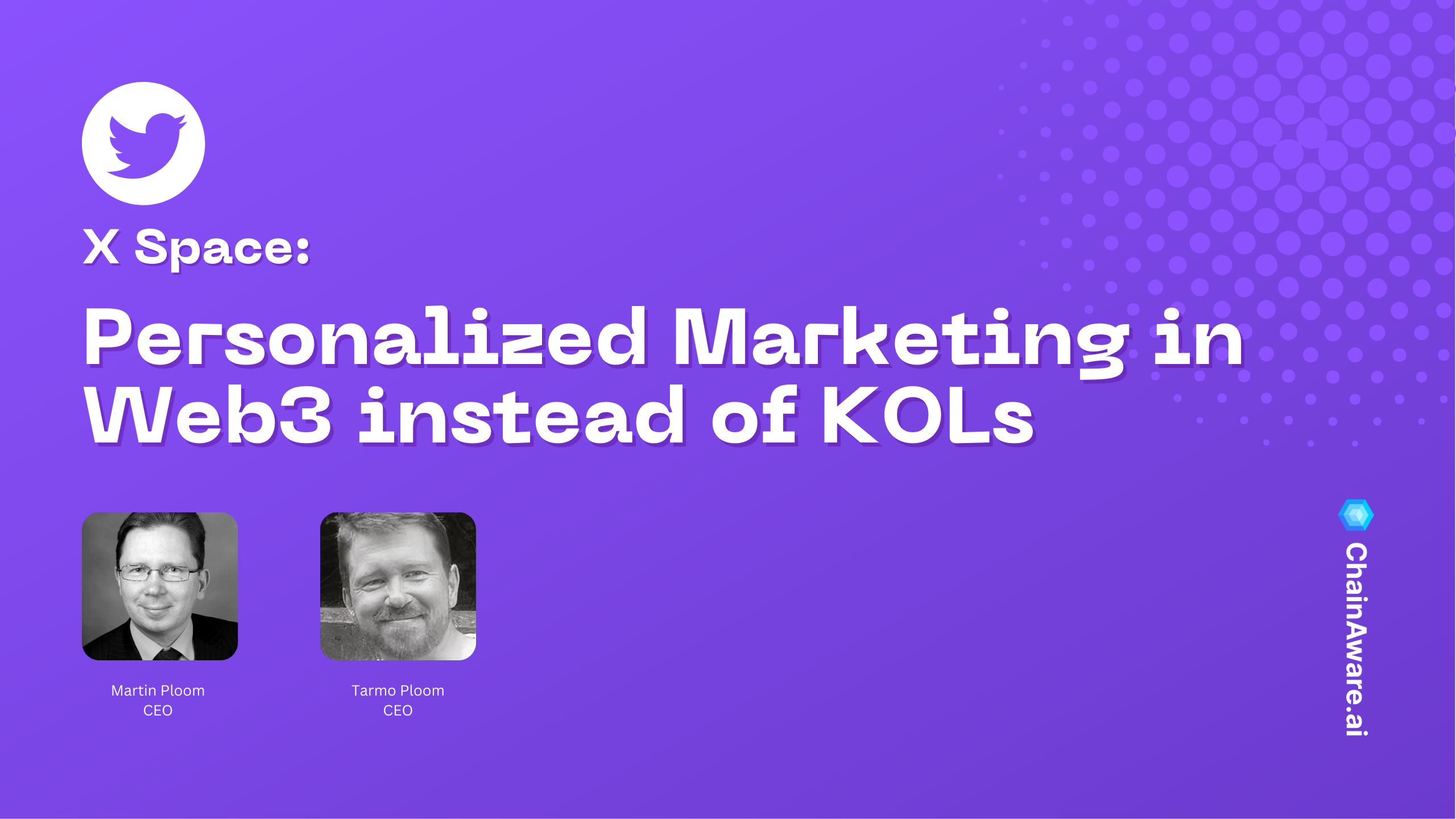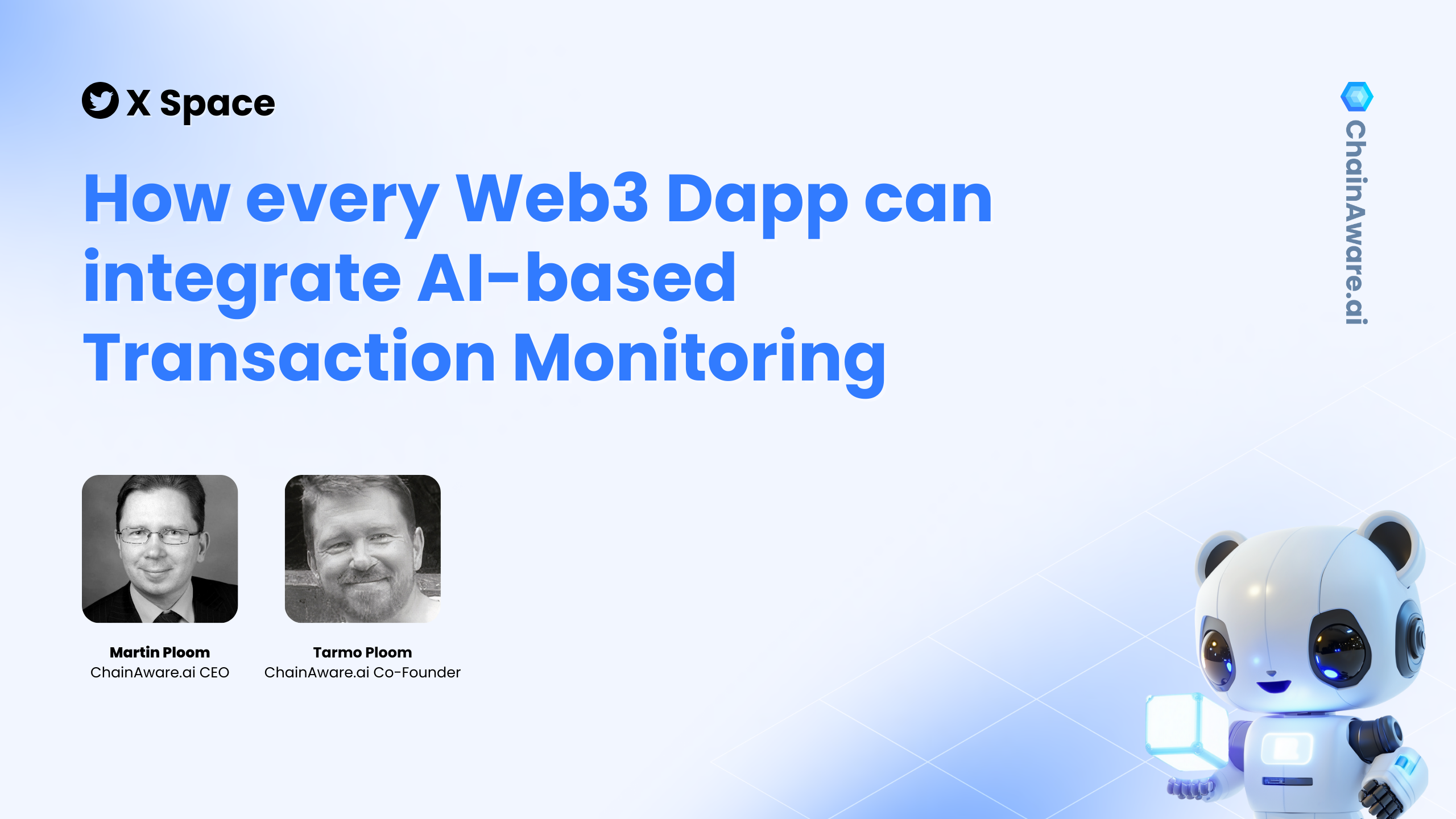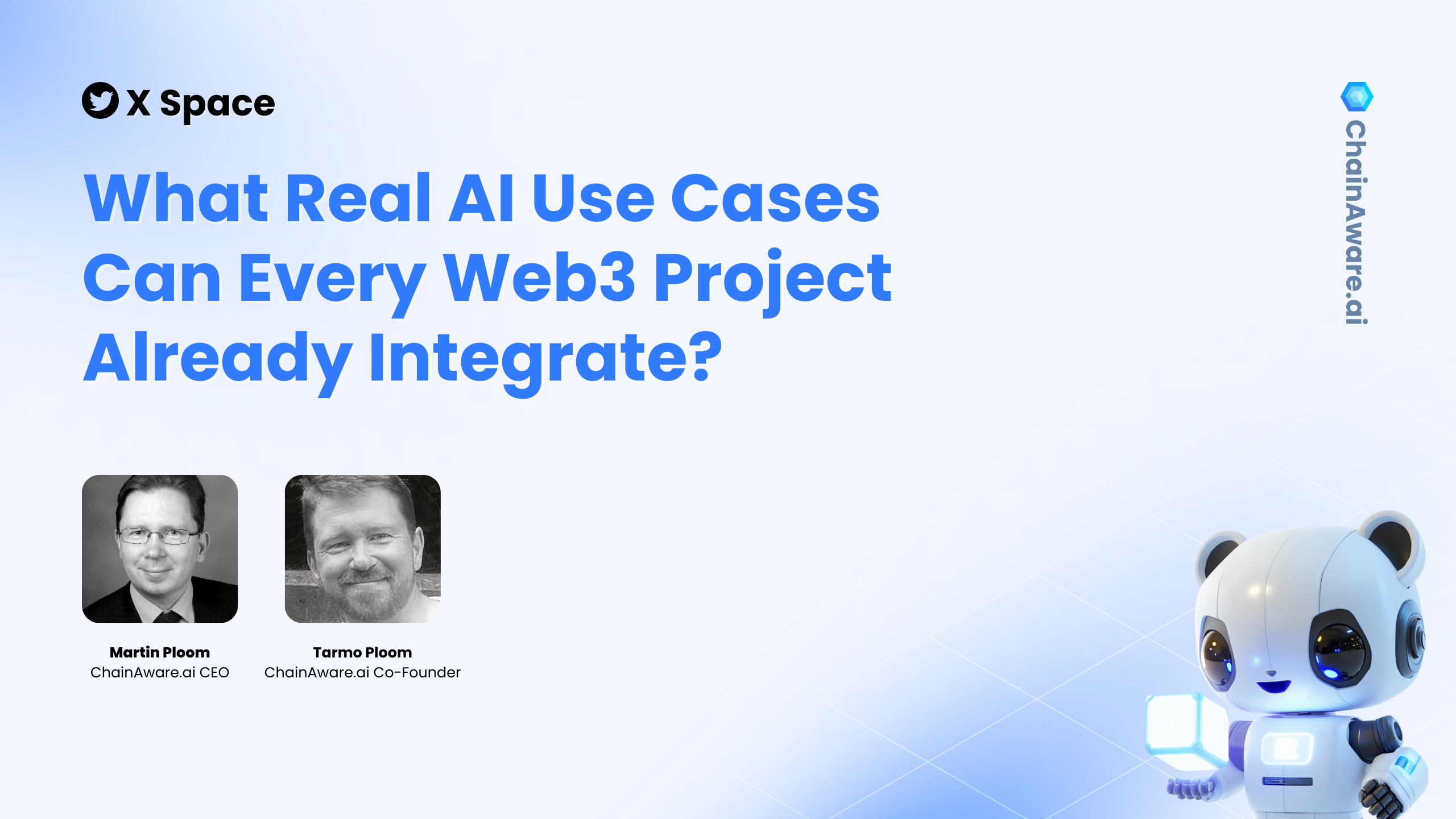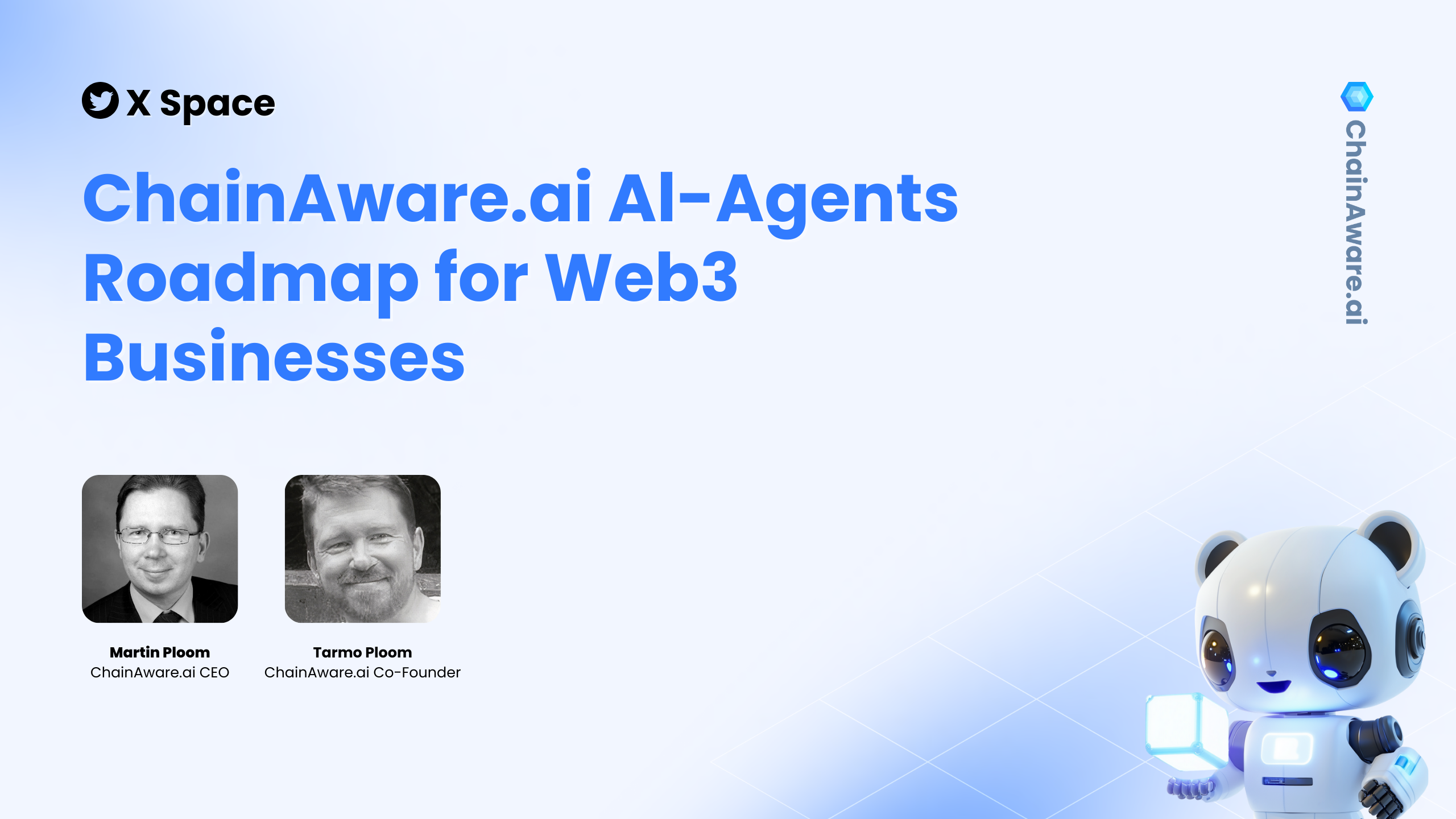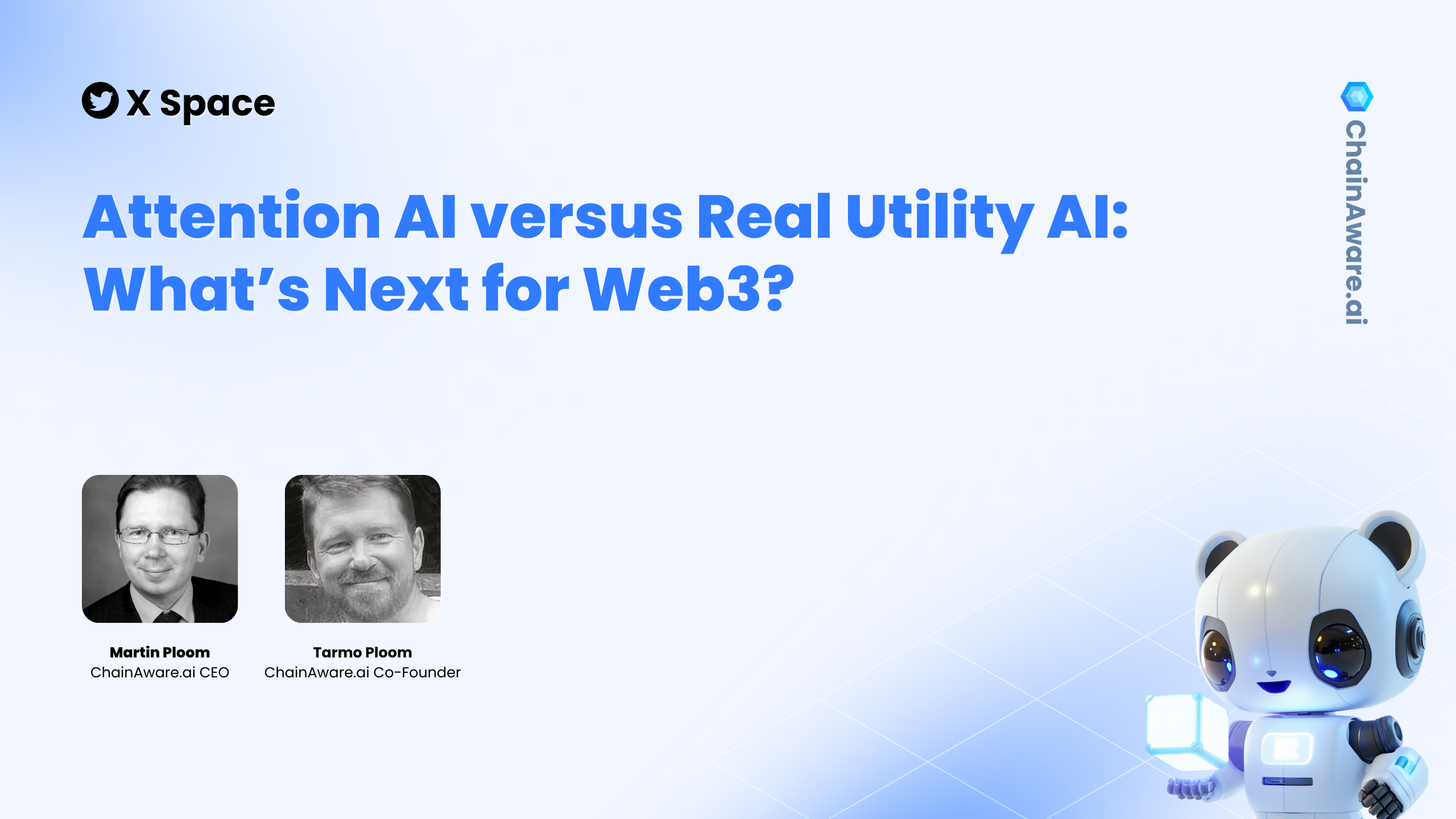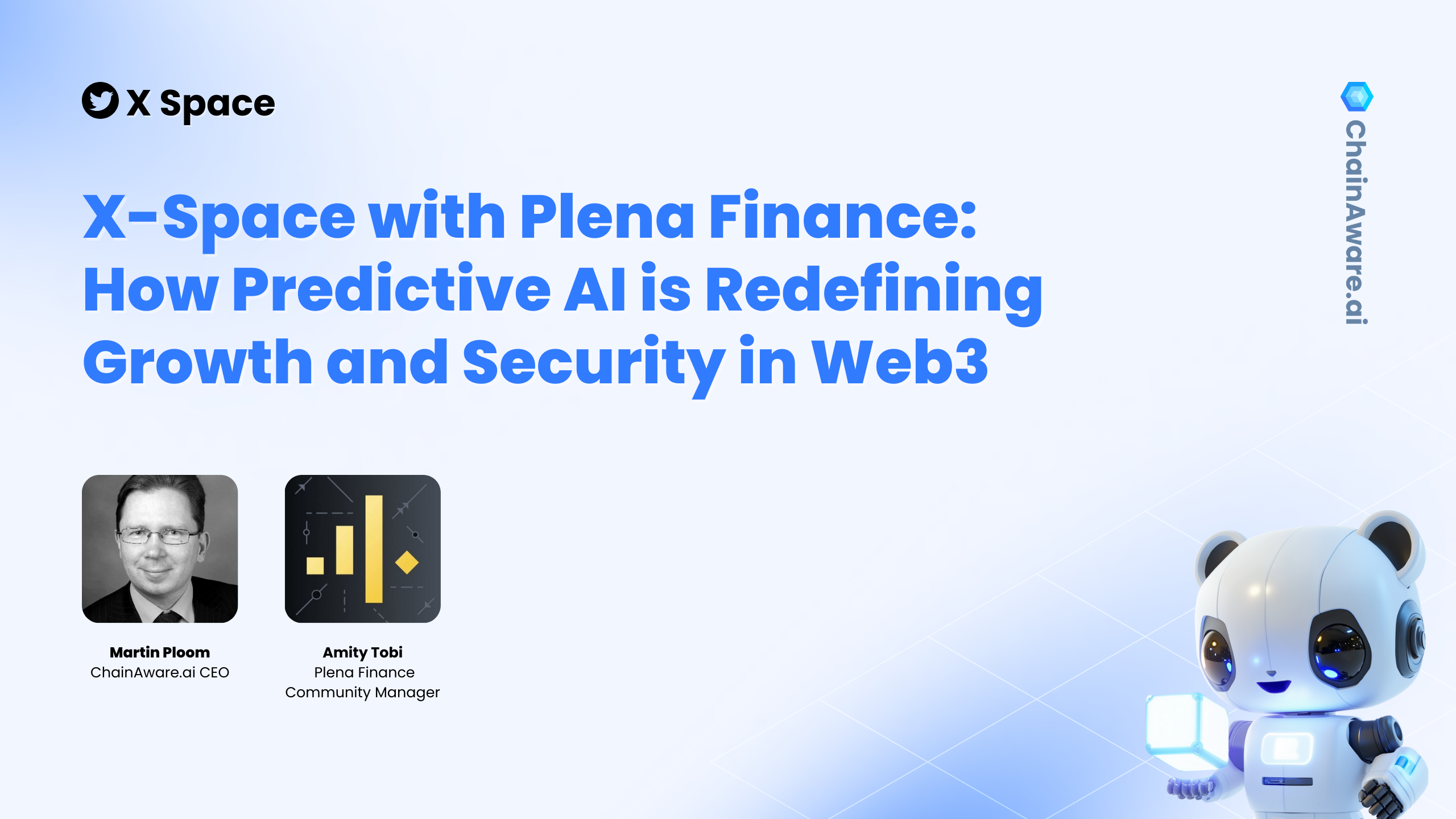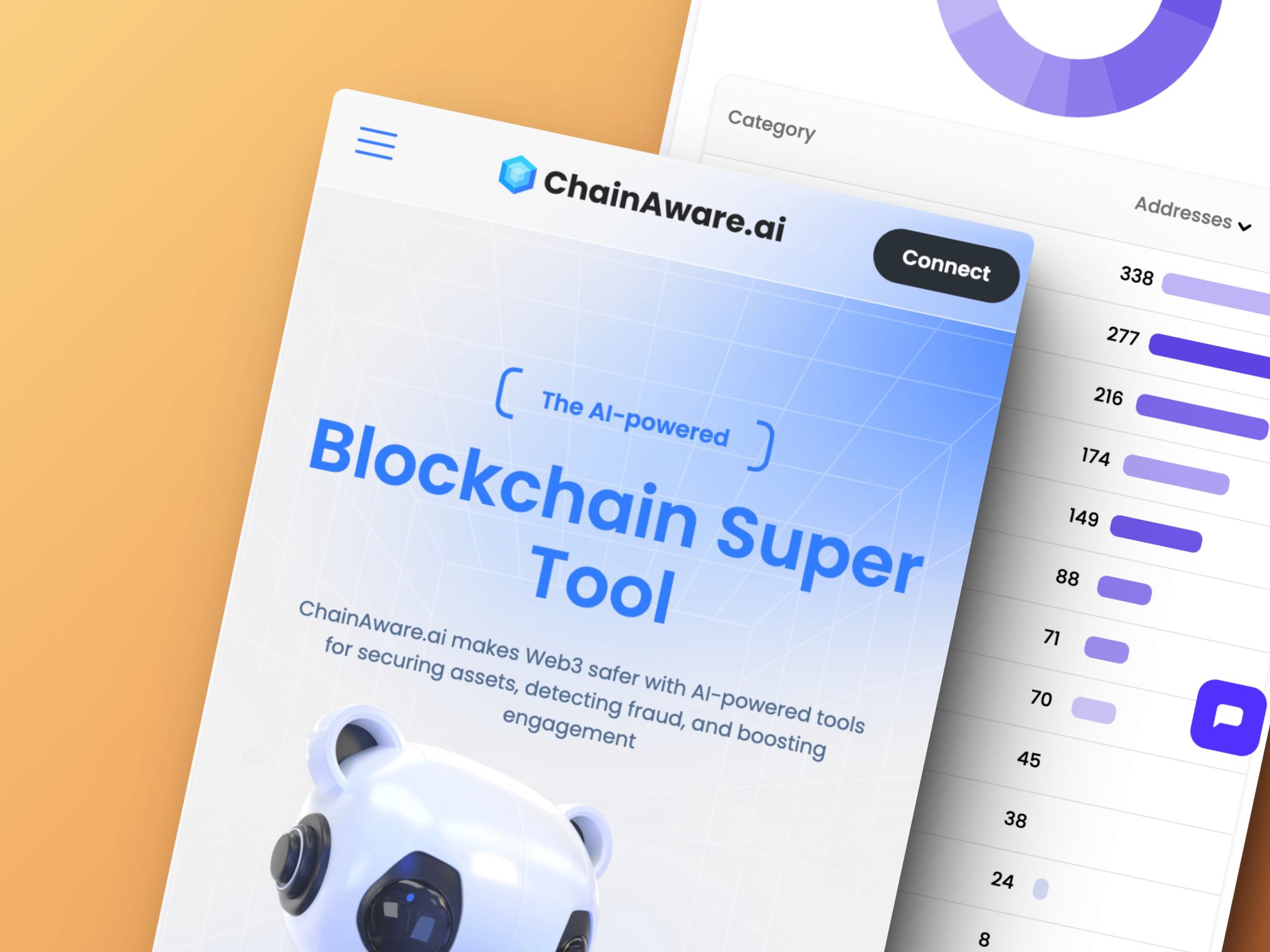Watch the full video: https://www.youtube.com/watch?v=Yk8Uq-kP0JQ
1. Introduction: Web3 KOL Marketing vs. Personalized Marketing
This discussion explores the differences between traditional KOL (Key Opinion Leader) marketing, which relies on mass marketing strategies, and the rising trend of personalized marketing within the Web3 space. The speakers aim to highlight the limitations of mass marketing approaches and the opportunities that personalized marketing, powered by AI and blockchain data, can bring to Web3 projects.
2. Background of Speakers and Web3 Projects
The speakers, Martin and Tarmo, bring years of expertise in the fields of finance, AI, and blockchain. Their involvement in projects such as SmartCredit.io and ChainAware.ai demonstrates their deep understanding of Web3 technologies. SmartCredit.io, their first Web3 project, introduced fixed-term, fixed-interest products, while ChainAware.ai focuses on using AI to predict behaviors in the Web3 ecosystem, including fraud detection and user intentions.
3. Why Marketing is Essential in Web3
Marketing in Web3, as in any industry, is critical for driving user acquisition and conversions. The goal of marketing is to attract the right users and convert them into active participants on a platform. Without effective marketing, even the most innovative products struggle to gain traction. Founders must consider both the cost of acquiring users and the conversion rates to ensure the sustainability of their projects.
4. KOL-Based Marketing in Web3: A Mass Marketing Approach
KOL-based marketing, popular in Web3, relies heavily on influencers (referred to as “calls”) to promote projects. This approach involves paying influencers to tweet or post about a project to generate hype. However, this method is inherently mass marketing—sending the same message to large, undifferentiated audiences. While this can create temporary buzz, it does not address the specific needs or intentions of individual users.
5. Challenges and Drawbacks of KOL Marketing
KOL marketing has several issues, including high costs, low conversion rates, and lack of user loyalty. As the speakers mention, influencer-driven campaigns often lead to short-term hype rather than long-term user engagement. Furthermore, tools like Alpha Scan show that only a small percentage of influencers generate positive returns for projects, with many campaigns resulting in negative impacts on token prices. Additionally, regulations like the FTC’s new rules on fake followers are further complicating this approach.
6. The Shift Towards Personalized Marketing in Web3
Personalized marketing, on the other hand, focuses on targeting specific users based on their behavior, interests, and intentions. In contrast to KOL marketing, which treats all users the same, personalized marketing aims to deliver tailored messages that resonate with individual users. This strategy increases conversion rates and reduces user acquisition costs by ensuring that only relevant users are targeted.
7. Web2 vs. Web3 Marketing: Lessons from AdTech
In Web2, companies like Google and Facebook have long utilized personalized marketing through advanced AdTech systems. These systems use data to micro-segment users and predict their intentions, allowing for highly targeted ads. This approach significantly reduces customer acquisition costs and increases conversions. Web3 has yet to fully embrace such technologies, but the potential exists to implement similar systems using blockchain data.
8. Personalized Marketing in Web3: Predictive AI and Blockchain Data
The speakers argue that Web3 can achieve personalized marketing by leveraging the wealth of data available on the blockchain. AI can analyze transaction history and predict user intentions, such as whether a user is likely to borrow, lend, or trade. By targeting users based on these predictions, Web3 projects can tailor their marketing efforts and increase engagement. Predictive AI can also help with fraud detection and other use cases, making marketing both more effective and secure.
9. The Role of ChainAware.ai in Web3 AdTech
ChainAware.ai, a project developed by the speakers, exemplifies the potential of personalized marketing in Web3. ChainAware.ai uses blockchain data and AI to predict user behavior in real-time, with an accuracy rate of 98%. This allows projects to target users based on their next likely actions, rather than relying on mass marketing tactics. The platform enables more efficient user acquisition by personalizing the marketing experience, ultimately lowering costs and increasing conversions.
10. Conclusion: The Future of Web3 Marketing
The future of Web3 marketing lies in personalized, data-driven approaches. While KOL marketing remains prevalent, its limitations and inefficiencies make it unsustainable for long-term growth. As Web3 continues to evolve, adopting technologies like predictive AI and blockchain analytics will allow projects to move beyond mass marketing and focus on targeted, effective user acquisition strategies. The shift to Web3 AdTech will mirror the transformation that occurred in Web2, where personalized marketing became the standard for success.
